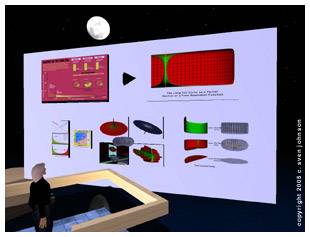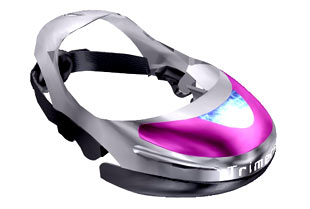I’ve been asked to give some indication of what’s in store for this blog and whether it will be continued. The short answer is “Yes”. However, the next incarnation will be at a different URL… though still within the rebang.com domain.
Further, because blogspam is such a bandwidth ripper and because I’d rather leave this ad-free, comments and trackbacks will likely not be permitted. I’m instead looking at other options for discussion and hope to have some way to facilitate it. Trackbacks will likely not be opened as it’s simply too ripe for abuse. Perhaps if I wanted to dedicate more time to deleting the spam and/or keeping up with extensions to control it, but I don’t; it might be of interest to those of you who visit this site that after all this time I still have zombie PC’s pinging to try to post their worthless messages on outdated entries. That’s the net.
Also, while I’d like to have my new website up and running by 1 Oct, the truth is that what I’m doing goes well beyond just a blog. This incarnation of the weblog was really an overly-successful test… never intended to be permanent. If you recall my focus, then you might get some hint of where I’ll be taking this website. Unfortunately that means stretching out into a lot of seemingly unrelated areas. I hope that when I’m done you’ll appreciate what can only be a modest effort.




